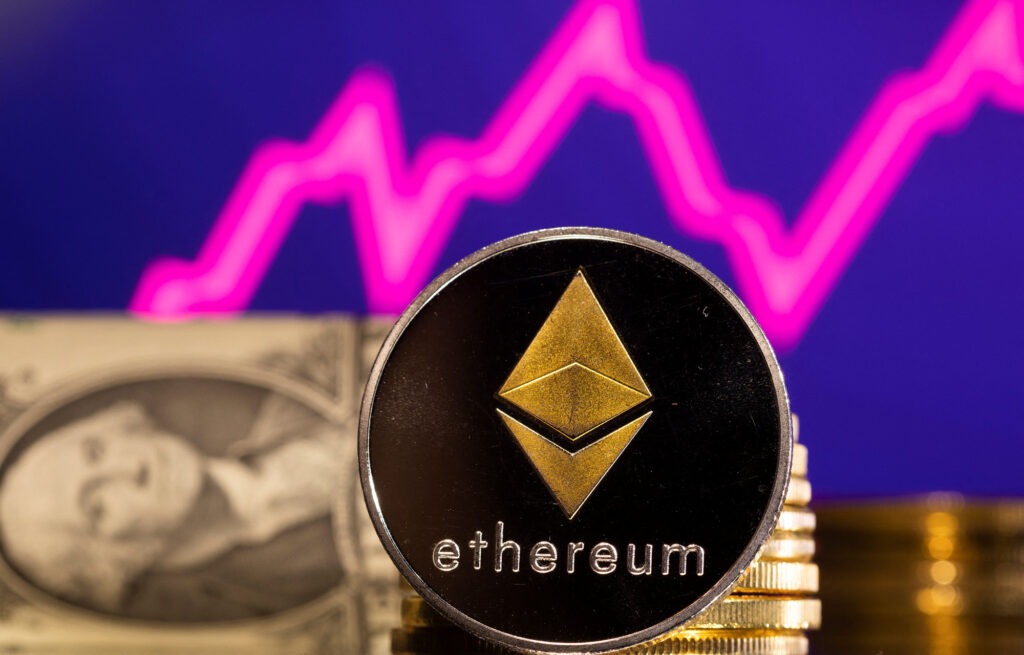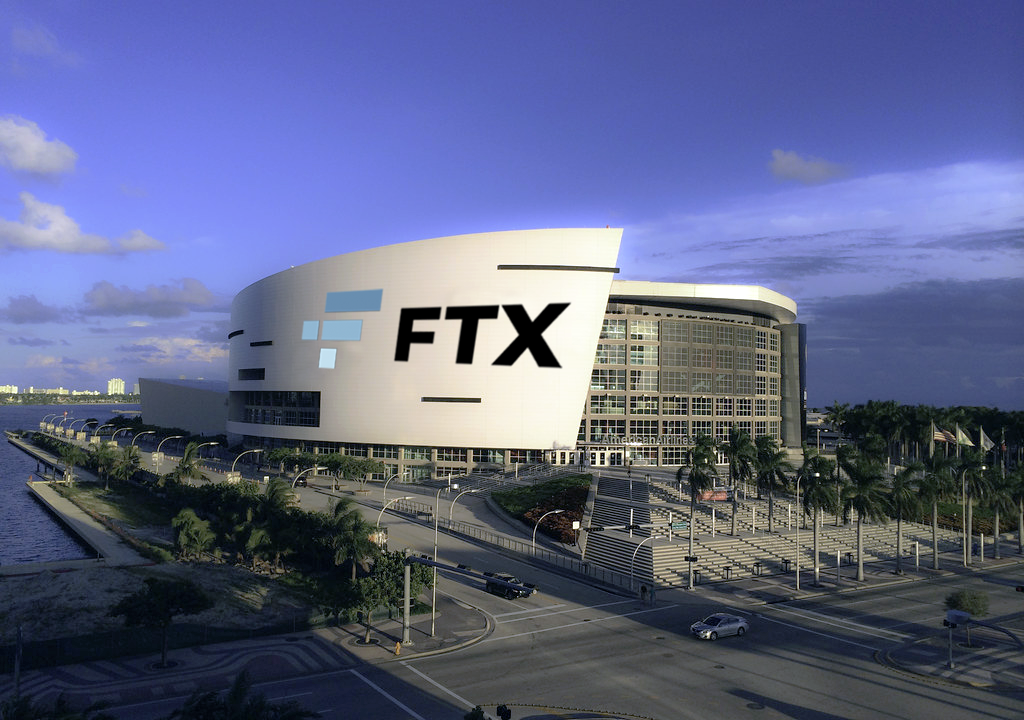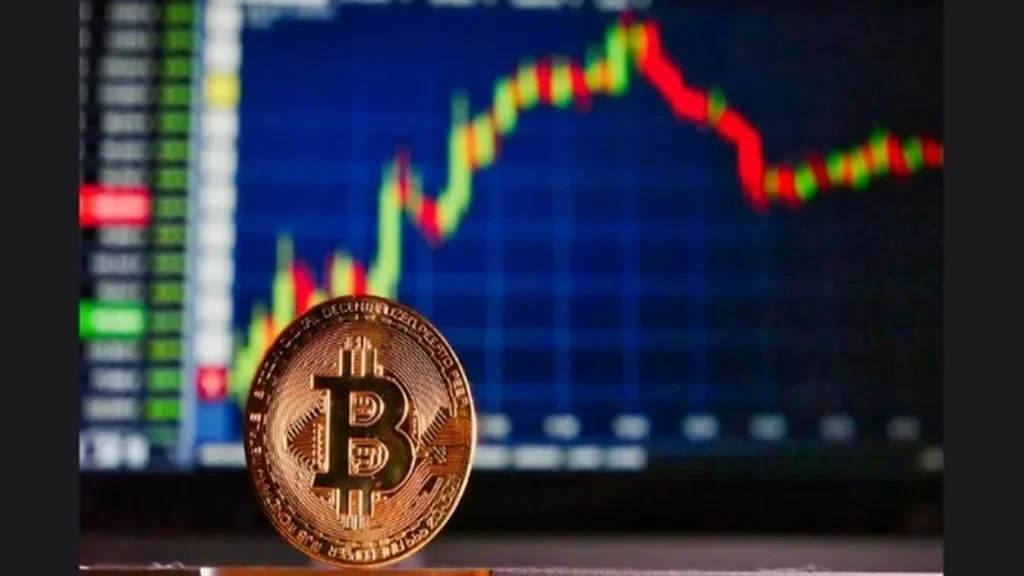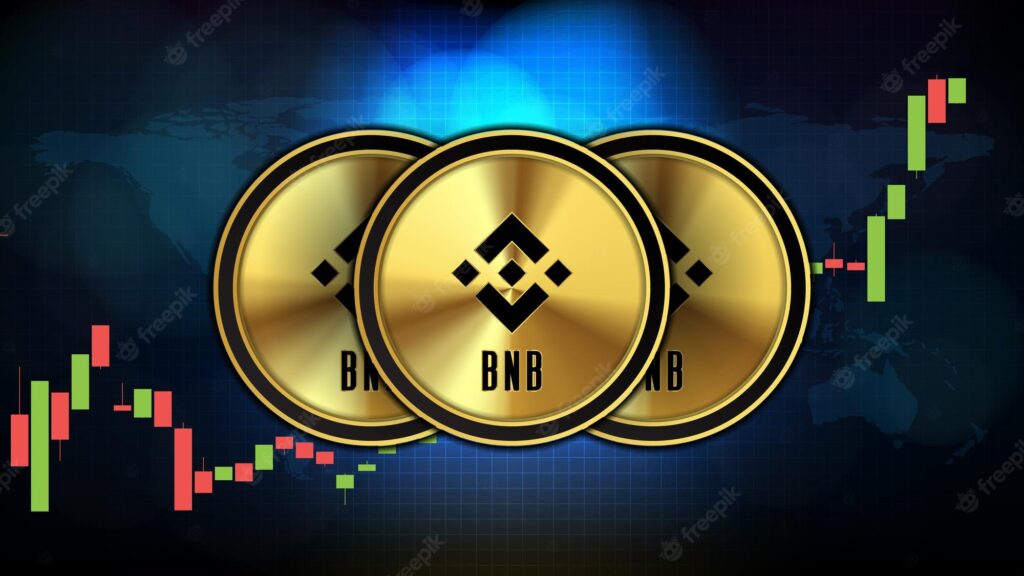A cryptocurrency trader has realized a profit of nearly $16 million by capitalizing on Ether’s (ETH) recent price decline. The trader established a 50x leveraged short position when ETH was valued at $3,388, with a liquidation threshold set at $4,645, according to data from Hypurrscan.
In addition to the unrealized profit, the trader accrued approximately $2.3 million in funding fees from the leveraged position. While leveraged trading can amplify potential gains, it also significantly increases the risk of substantial losses. A case in point is a pseudonymous trader who, in January 2024, lost over $161,000 in a single trade due to liquidation on a leveraged position, underscoring the inherent risks associated with such strategies.
As of February 2, Ether’s price had declined by more than 4% over a 24-hour period, trading at $3,107. The cryptocurrency reached a daily low of $3,068 but managed to stay above the critical $3,000 psychological threshold, as reported by Cointelegraph Markets Pro.
To reverse its six-week downward trend, Ethereum may need to bolster fundamental blockchain activity. Aurelie Barthere, principal research analyst at Nansen, noted, “Other layer-1s are catching up with Ethereum regarding apps, use cases, fees and amount staked.” Barthere suggested that increased collaboration with both private and public sector entities, especially in the United States amid recent regulatory developments favoring blockchain and cryptocurrency, could be beneficial for Ethereum.
For a potential reversal toward the $4,000 mark, Ether would need to reclaim the $3,400 level, according to crypto trader Cas Abbé. However, significant resistance is anticipated at $3,240. Surpassing this level could trigger over $1 billion in cumulative leveraged short liquidations, as indicated by data from CoinGlass.
These developments highlight the volatile nature of cryptocurrency markets and the substantial risks and rewards associated with leveraged trading strategies.
Bitcoin’s price has recently dipped below the $100,000 mark, a level it had maintained since January 27. This decline is attributed to rising inflation concerns following the imposition of import tariffs by President Donald Trump on goods from China, Canada, and Mexico.
Ryan Lee, chief analyst at Bitget Research, suggests that this downturn might precede a more significant correction, potentially bringing Bitcoin’s value down to $95,000. He stated, “On the downside, the $95,000 range remains a critical support area. The interplay between labor market trends, Fed policy expectations, and market sentiment will be the main catalysts to monitor in the coming weeks.”
The upcoming U.S. labor market report, scheduled for release on February 7 by the Bureau of Labor Statistics, is anticipated to play a pivotal role in Bitcoin’s near-term trajectory. Lee noted that weakening labor market data could bolster the case for a Federal Reserve rate cut, potentially creating a “more supportive environment for Bitcoin.”
Despite the recent dip, Bitcoin achieved a historic milestone by closing January above $102,000, marking its first monthly close above the $100,000 threshold. This represents a more than 6% increase from its previous record monthly close of $96,441 in November 2024.
Some market analysts interpret the current downturn as a potential “bear trap,” a scenario where a temporary decline in an asset’s price during a long-term uptrend leads investors to mistakenly believe a bear market has begun. This perspective suggests that the recent correction could be a coordinated effort to induce selling before a subsequent price increase.
Looking ahead, Bitcoin’s prospects for 2025 remain optimistic. The recent surpassing of a $125 billion milestone by spot Bitcoin exchange-traded funds (ETFs) in the U.S., just over a year after their debut in January 2024, underscores growing institutional interest. Analyst forecasts for Bitcoin’s value by the end of 2025 range from $160,000 to over $180,000.
In summary, while Bitcoin faces short-term challenges influenced by macroeconomic factors and market dynamics, its long-term outlook remains positive, supported by increasing institutional adoption and favorable market sentiment.
In a recent development, India’s Finance Minister, Nirmala Sitharaman, announced that cryptocurrencies will now be included under Section 158B of the Income Tax Act, which addresses undisclosed income. This move subjects unreported crypto gains to block assessments, aligning them with the tax treatment of traditional assets such as money, jewelry, and bullion.
The amendment defines crypto assets under the existing category of Virtual Digital Assets (VDAs). As per the new guidelines, a reporting entity, as prescribed under section 285BAA of the Act, is required to furnish information on crypto assets.
Notably, the new crypto tax provisions will be retrospectively applicable from February 1, 2025.
This announcement follows a report from December 2024, where India’s Minister of State for Finance, Pankaj Chaudhary, revealed that the government had identified unpaid goods and services taxes (GST) totaling 824 crore Indian rupees (approximately $97 million) from several crypto exchanges.
In a related context, Indian authorities may impose a tax penalty of up to 70% on previously undisclosed crypto profits. This penalty applies to crypto gains that remained undisclosed for up to 48 months after the relevant tax assessment year. The document specifies a penalty of “70% of the aggregate of tax and interest payable on additional income disclosed in the updated income tax return [ITR].”
These developments come shortly after the Bybit exchange suspended its services in India on January 10, citing regulatory pressures as it seeks a full operational license from India’s Financial Intelligence Unit.
Globally, crypto tax regulations are gaining prominence. In June 2024, the U.S. Internal Revenue Service (IRS) issued new regulations subjecting crypto transactions to third-party tax reporting requirements for the first time. Starting in 2025, centralized crypto exchanges and other brokers in the U.S. will begin reporting sales and exchanges of digital assets, including cryptocurrencies.
These measures reflect a growing international trend toward stricter regulation and taxation of cryptocurrency transactions.
LayerZero Labs, a cross-chain protocol firm, has reached a settlement with the FTX estate concerning transactions from 2022 involving Alameda Ventures, the venture capital arm of Alameda Research. In a January 31 post on X (formerly Twitter), LayerZero co-founder and CEO Bryan Pellegrino announced that after incurring “millions in legal fees” and enduring two years of litigation, the company had settled with the FTX estate.
The dispute centered on allegations that LayerZero withdrew funds prior to FTX’s collapse in November 2022 and issues related to an equity stake in the protocol. FTX had been seeking over $21 million from LayerZero in the lawsuit.
Pellegrino stated, “Ultimately we decided this was not us vs FTX which is a fight we feel completely justified in, but it was us vs the creditors (which also we are one of). Original repurchase has been returned to the estate.”
In 2022, Alameda Ventures agreed to acquire approximately a 5% stake in LayerZero, involving transactions where Alameda sent $70 million to LayerZero and purchased $25 million worth of STG tokens. Following FTX’s bankruptcy filing in November 2022, LayerZero sought to repurchase its equity by forgiving a $45 million loan to FTX. However, the FTX estate filed a lawsuit in September 2023, alleging that LayerZero “negotiated a fire-sale transaction” with then-Alameda CEO Caroline Ellison, exploiting the firm’s liquidity crisis.
Court documents also revealed that LayerZero intended to repurchase the STG tokens for $10 million in a separate deal—approximately 40% of their original price. However, Alameda never transferred the tokens, and no funds were exchanged in this regard.
Since declaring bankruptcy in 2022, FTX debtors have initiated multiple lawsuits against crypto companies associated with the defunct exchange, aiming to recover funds. While some cases are ongoing, the estate’s reorganization plan took effect on January 3, allowing many users with claims under $50,000 to be repaid within 60 days.
All criminal cases against FTX executives have concluded, with Ellison, former FTX CEO Sam Bankman-Fried, and former FTX Digital Markets co-CEO Ryan Salame currently serving prison sentences. Bankman-Fried is appealing his conviction and 25-year sentence.
RUNE, the native token of the ThorChain ecosystem, is witnessing a huge sell-off as whales dump their positions amid concerns that the project is insolvent and will be officially declared bankrupt on Monday.
An insider told Crypto Intelligence News on Saturday that ThorChain will declare insolvency on Monday, causing the value of RUNE to crash to $0.00, in a meltdown similar to the Terra-Luna crash.
“Validators have voted to leave the network and insiders and whales are already selling all of their RUNE,” the insider said.
“ThorChain will publicly declare insolvency on Monday, after insiders have finished selling off their positions.”
RUNE is currently trading at around $1.53 per token on Binance, and it is predicted to fall below $0.80 before the end of Saturday.
The token has already plunged by over 20% so far today, as investors dump their positions to avoid losing all of their investment before RUNE becomes worthless.
Why is Rune About to Collapse?
In January, THORChain, a decentralized cross-chain liquidity protocol, faced a significant crisis due to its controversial lending program. The platform had accumulated approximately $200 million in liabilities, primarily in Bitcoin (BTC) and Ethereum (ETH), through its lending and savers programs. This substantial debt raised concerns about the protocol’s solvency, as it lacked sufficient assets to cover these obligations.
To address the mounting insolvency risks, THORChain’s node operators decided to suspend withdrawals from the lending and savers products for 90 days. This pause aimed to stabilize the ecosystem and provide time to develop a restructuring plan.
Despite these measures, the platform’s native token, RUNE, experienced a significant decline, dropping approximately 44% in value within a week. This decline exacerbated concerns about the platform’s financial health and drew parallels to the Terra/Luna collapse of 2022.
The crisis highlighted vulnerabilities in THORChain’s economic model, particularly its reliance on RUNE for its lending mechanism. When loans are repaid, RUNE is minted, which can lead to inflationary pressures, especially if RUNE underperforms against BTC and ETH.
Bitcoin (BTC) has achieved a historic milestone by closing January 31 at $102,400 on Binance, marking its first monthly close above the $100,000 threshold.
This significant close occurred despite a late-month price dip influenced by macroeconomic factors. On January 31, U.S. President Donald Trump announced impending tariffs on Canada, Mexico, and China, effective February 1. This announcement led to a downturn in U.S. stock markets and affected investor sentiment, as indicated by data from the Fear & Greed Index.
Analysts remain optimistic despite these developments. Aksel Kibar, a well-known market analyst, remarked, “At every 1% correction, panic and crash forecasts is not characteristics of a market top. IMO.” He emphasized that true market tops are typically accompanied by widespread euphoria and a disbelief in even short-term corrections.
Michaël van de Poppe, a crypto trader and analyst, shared a similar sentiment, stating, “I shouldn’t worry about this news, ultimately it will lead to higher crypto prices anyways.”
The pseudonymous analyst PlanB highlighted the current phase of Bitcoin’s price cycle by updating the Stock-to-Flow model, indicating that the most intense phase is underway.
Historically, February has been a strong month for Bitcoin, with average gains of 14.4%. If this pattern continues, Bitcoin could see its next monthly close around $117,000. Fedor Matviiv, founder and CEO of CryptoRank, noted, “This time, it’s a post-halving February as well, and every previous one saw major upside. If history is any indication, $BTC might be gearing up for a big move.”
Analyst Rekt Capital added that “8 out of the past 12 February’s dating back to 2013 have produced double-digit upside,” suggesting a favorable outlook for Bitcoin in the coming month.
In summary, Bitcoin’s unprecedented monthly close above $100,000, coupled with historical performance trends, indicates potential for continued growth in the near term.
Ethereum (ETH) has been on a downward trajectory for nearly six weeks, dipping below the $4,000 mark on December 16, 2024. Since then, it has declined over 20%, currently trading at approximately $3,260.
To reverse this trend and approach its previous highs, Ethereum needs to bolster fundamental blockchain activity. Aurelie Barthere, principal research analyst at Nansen, noted, “Other layer-1s are catching up with Ethereum regarding apps, use cases, fees and amount staked.” She emphasized the importance of increased collaboration with both private and public sector entities, especially in the U.S., given recent regulatory momentum favoring blockchain and crypto.
Barthere also highlighted the potential impact of the Elon Musk-led Department of Government Efficiency (DOGE), which has reportedly explored blockchain-based solutions for expense tracking and financial management. Additionally, Joseph Lubin, co-founder of Ethereum and founder of Consensys, suggested that the Trump family might be considering building an Ethereum-based cryptocurrency business, which could further drive adoption.
In the options market, Ether trading volume has surged to its highest levels in over a month, indicating a potential recovery from the recent sell-off. Analysts have observed a growing number of bullish Ether options contracts, suggesting traders are betting on a price rebound. However, for ETH to continue its uptrend, it needs a daily close above $3,400, which would pave the way for a rally towards $4,000. Overcoming the significant resistance at $3,400 could trigger over $1.09 billion worth of cumulative leveraged short liquidations.
Some industry observers anticipate an Ether resurgence in February, driven by continued institutional buying from Trump’s World Liberty Financial protocol.
In summary, for Ethereum to reclaim its previous all-time high, it must enhance blockchain activity, foster new use cases, and strengthen collaborations across various sectors to regain investor confidence.
Do Kwon, the co-founder of Terraform Labs embroiled in allegations of fraud, has been released from Montenegrin custody.
His freedom comes as the Supreme Court weighs the merits of extradition requests from both the United States and South Korea.
Bloomberg reported his release on March 23, following a suspension by the Supreme Court of a lower court’s decision to extradite Kwon to South Korea.
This legal drama unfolds against the backdrop of the Terra collapse in 2022, which erased about $60 billion from the crypto market. Kwon, facing fraud charges in both South Korea and the U.S., was released from prison as his sentence for possessing forged documents concluded.
Darko Vukcevic, a prison official, stated, “We released Do Kwon from prison as his regular prison term for traveling with fake papers ended.
Since he is a foreign citizen and his documents were withheld, he was taken for an interview to the police directorate for foreigners, and they will deal with him further.”
The Supreme Court’s Council is now poised to decide on Kwon’s potential extradition to South Korea, where he faces less severe penalties compared to the U.S.
READ MORE: StaFi Liquid Staking Protocol Launches Testnet Awaiting StaFi 2.0 Mainnet Launch
In the latter, he could be charged with eight felonies related to TerraUSD’s dramatic $40-billion implosion in 2022.
Kwon’s legal representative confirmed his client’s release and mentioned that his passport had been confiscated to prevent him from leaving Montenegro.
Subsequently, Kwon was moved to a facility for foreigners, with his lawyer signaling intentions to seek legal permission for Kwon to stay free pending extradition decision.
This legal tangle was further complicated by the chief prosecutor’s intervention, pointing out procedural flaws in the extradition process favoring South Korea.
As courts deliberate without a clear timetable, Kwon’s fate hangs in the balance, with significant charges awaiting him in the U.S. following his arrest in March 2023 for using counterfeit travel documents.
The extradition saga continues, reflecting the international legal complexities surrounding high-profile crypto fugitives like Kwon.
To submit a crypto press release (PR), send an email to sales@cryptointelligence.co.uk.
Grayscale Investments has introduced a new investment fund designed for affluent clients seeking to diversify their portfolios with income derived from staking cryptocurrency tokens.
Named the Grayscale Dynamic Income Fund, it targets individuals with assets exceeding $1.1 million or a net worth above $2.2 million.
The fund’s strategy involves converting staking rewards into U.S. dollars on a weekly basis, with plans to distribute these earnings to investors quarterly.
Grayscale emphasizes the thorough vetting process for selecting proof-of-stake (PoS) tokens to include in the fund, aiming to manage the intricacies of staking and unstaking various tokens, each with unique requirements.
The firm prioritizes maximizing staking income, viewing capital growth as a secondary goal.
Staking, a process that contributes to the security and efficiency of blockchain networks, involves holding cryptocurrency tokens to earn rewards.
Grayscale has disclosed that its fund will comprise three specific PoS tokens: Osmosis (OSMO), Solana (SOL), and Polkadot (DOT), with respective shares of 24%, 20%, and 14%.
READ MORE: Ripple Launches Groundbreaking Automated Market Maker on XRPL, Revolutionizing DeFi Landscape
The remaining 43% of the fund is allocated to other tokens.
According to Staking Rewards data, the staking reward rates for OSMO, SOL, and DOT are 11.09%, 7.42%, and 11.9%, respectively, with only SOL ranking in the top 10 PoS tokens by market capitalization on CoinMarketCap.
In related news, Grayscale’s venture into a spot Bitcoin exchange-traded fund (ETF) on January 11 has faced challenges, with over $14 billion in outflows since its inception, as reported by Cointelegraph on March 26.
The Bitcoin ETF, which incurs a 1.5% management fee annually—significantly higher than the 0.30% average of other Bitcoin ETFs—has not met the firm’s expectations.
Additionally, Grayscale’s application for an Ethereum Futures ETF has been met with delays by the United States Securities and Exchange Commission, further complicating the company’s ambitious cryptocurrency investment endeavors.
To submit a crypto press release (PR), send an email to sales@cryptointelligence.co.uk.
In the week leading up to March 29, BNB’s value saw a 12% increase, reaching a high of $620, marking a notable upturn and closing the valuation gap with its rival, Ether, which saw a 5% rise in the same period.
Despite this growth, the BNB Chain’s on-chain data sends mixed signals, indicating that the rally might be overextended.
This recent surge in cryptocurrency value has been linked to inflows into spot Bitcoin BTC exchange-traded funds (ETFs).
However, a setback was observed in the week ending March 23, with a net outflow of $890 million from these ETFs, marking their first net outflow since their introduction in January.
Yet, there was a silver lining with a significant decrease in outflows from the Grayscale GBTC fund, which only saw $104 million leave on March 28.
BNB’s momentum in the first half of March, with a 61.7% increase, was dampened after peaking at $645.
This peak brought BNB’s market capitalization to $96.4 billion, down from its all-time high of $116 billion in November 2021.
The total value locked (TVL) in BNB Chain also saw a decline, from $15.7 billion at its peak to $7.1 billion, a 55% reduction.
The crypto market, especially decentralized finance (DeFi), has seen significant contractions since late 2021.
READ MORE: Bitcoin Braces for Supply Crunch as Demand Skyrockets, Warns CryptoQuant
This downturn isn’t unique to BNB Chain, as the total market data for blockchains tracked by DefiLlama decreased by 25%, from nearly $205 billion to $155 billion.
Despite these challenges, BNB Chain remains a key player in the crypto market, rivaling Ethereum’s layer-2 networks in activity levels.
Nearly 2 million active addresses engaged with DApps on BNB Chain in the past week.
The blockchain also stood out for its trading volume, which, unlike Solana and Ethereum, saw an 11% increase, reaching $12.4 billion.
Looking ahead, the future of the cryptocurrency sector is difficult to predict, but derivative metrics like the demand for leverage in BNB perpetual futures contracts offer insights.
The steady 8-hour funding rate of around 0.03%, equivalent to about 0.6% weekly, suggests a cautiously optimistic market sentiment, despite the price challenges at the $620 level.
This careful optimism is bolstered by the enduring interest in leveraged long positions, despite the uncertain market trajectory.
To submit a crypto press release (PR), send an email to sales@cryptointelligence.co.uk.











